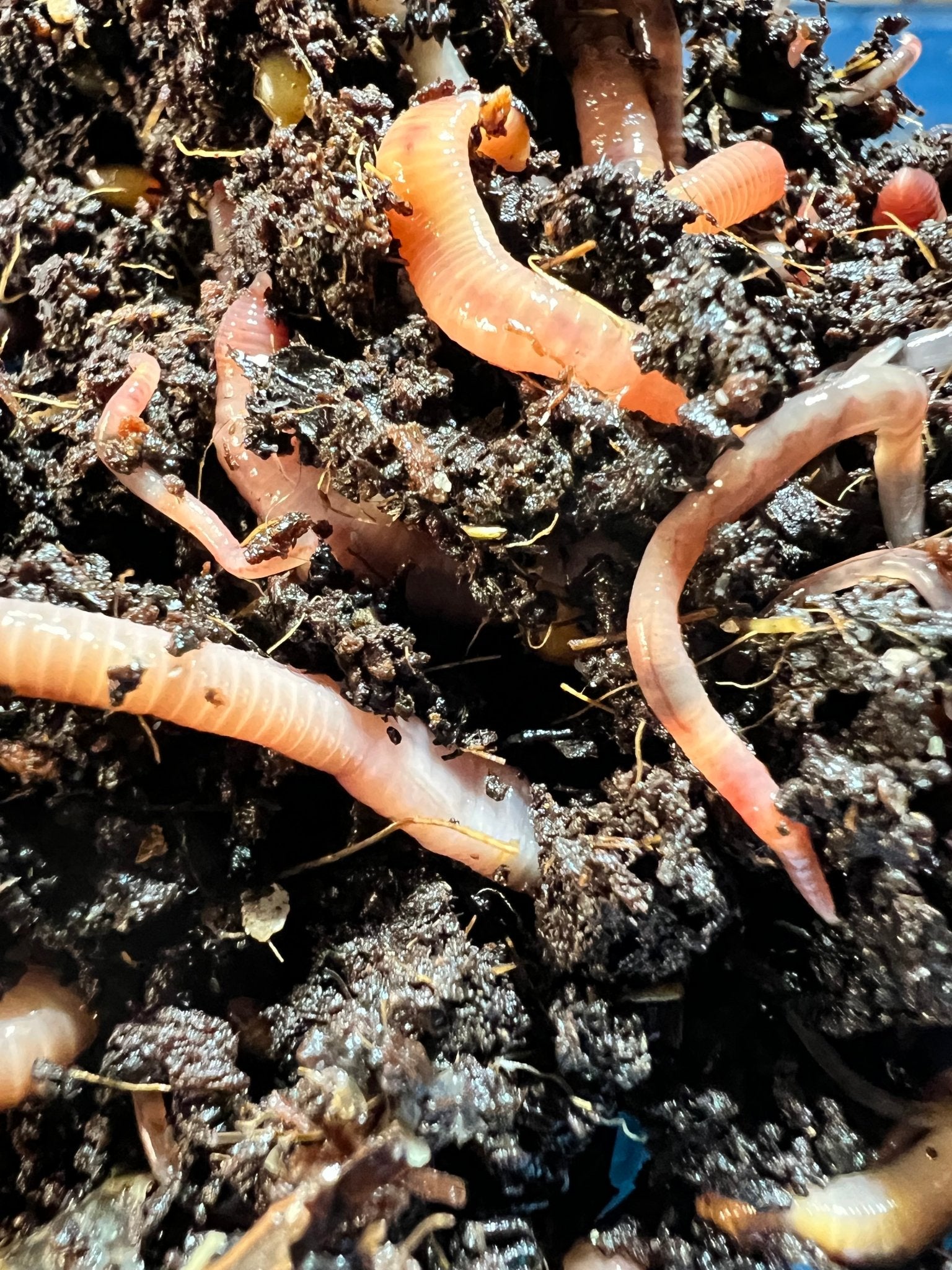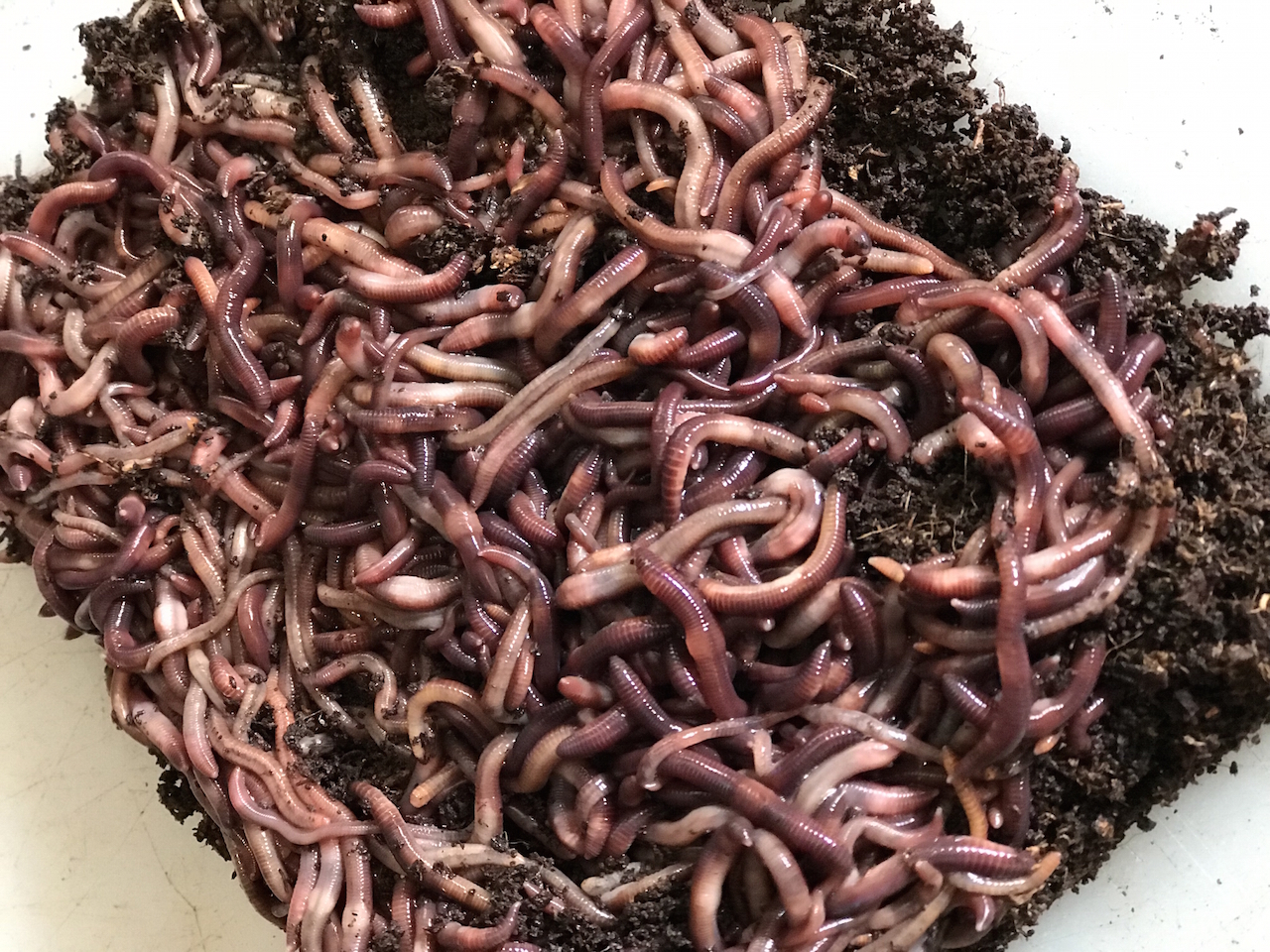Maximize Lawn Growth with Quality Products from Red Wiggler Express
Maximize Lawn Growth with Quality Products from Red Wiggler Express
Blog Article
Red Wigglers: The Unsung Heroes of Organic Waste Recycling
Red wigglers, or Eisenia fetida, work as essential representatives in the natural waste reusing procedure, transforming discarded products into beneficial vermicompost. Their reliable failure of organic matter not just improves dirt quality however additionally adds to sustainable waste management techniques. As the globe progressively looks for solutions to fight waste accumulation and improve agricultural productivity, recognizing the duty of these worms comes to be essential. What mechanisms permit them to grow in garden compost atmospheres, and exactly how can they be efficiently utilized in both residential and commercial setups? Checking out these concerns reveals the more comprehensive effects of vermicomposting in our environmental landscape.
What Are Red Wigglers?
The exceptional durability of red wigglers, clinically referred to as Eisenia fetida, emphasizes their crucial duty in natural waste recycling. These tiny, reddish-brown earthworms are usually discovered in decomposing raw material, such as garden compost stacks and manure lots. Lake Hickory Bait. Unlike other earthworm varieties, red wigglers flourish in nutrient-rich settings and are highly effective at breaking down organic products, making them crucial for vermicomposting

(Red Wiggler Express)In enhancement to their duty in waste reduction, red wigglers add to soil health by enhancing dirt framework and oygenation with their delving activities (Lake Hickory Bait). Their presence in composting systems not just improves decay prices however likewise promotes a sustainable method to lose administration, illustrating their value in ecological preservation initiatives
Benefits of Composting With Worms
Composting with worms, specifically red wigglers, uses countless advantages that improve both waste administration and soil wellness. Initially, these worms effectively break down organic waste, converting it right into nutrient-rich vermicompost that improves dirt. This process speeds up decomposition, enabling a quicker recycling of kitchen scraps and various other organic materials contrasted to traditional composting techniques.
In addition, the vermicompost produced by red wigglers is brimming with helpful microbes, which aid enhance dirt structure, oygenation, and wetness retention. This boosts the total health of plants, advertising energetic growth and increased returns in yards and agricultural setups. In addition, the usage of worms in composting minimizes the production of greenhouse gases, such as methane, adding to a much more lasting waste monitoring system.

Just How to Beginning Vermicomposting
Establishing a vermicomposting system is an uncomplicated procedure that can produce useful reference substantial advantages for both waste administration and dirt enrichment. To start, choose an appropriate container, such as a plastic bin or wood box, with appropriate air flow openings to guarantee correct air movement. The dimensions ought to preferably be around 2 feet by 3 feet, enabling adequate room for the worms to thrive.
Next, prepare bed linen product, which can be composed of shredded newspaper, cardboard, or coconut coir. This bedding must be dampened to produce an ideal habitat for the worms. When the bed linens is in area, introduce red wigglers (Eisenia fetida) into the bin, usually around one pound of worms for every square foot of surface location.
Adhering to the placement of worms, add natural waste, such as fruit and vegetable scraps, coffee premises, and smashed eggshells. Avoid including dairy products, meat, or oils, as these can develop odors and draw in pests. Ultimately, position the bin in a shaded, temperature-controlled area to preserve ideal problems for worm activity. With these actions, you will efficiently launch a vermicomposting system that adds to sustainable waste management and enhances your dirt.
Preserving a Healthy Worm Bin
(Red Wiggler Express)Keeping a worm container thriving requires normal focus and care to guarantee the health and wellness of the red wigglers and the effectiveness of the composting process. Appropriate upkeep starts with monitoring the dampness degrees; the bin needs to be wet but not waterlogged. An excellent guideline of thumb is to keep a consistency comparable to a wrung-out sponge.
Delicately blending the bed linens and food scraps every couple of weeks avoids compaction and makes sure that all worms have accessibility to oxygen. Additionally, it is essential to feed the worms appropriately.
If the container ends up being as well hot or cool, the worms may become stressed out. By vigilantly taking care of these variables, one can keep a durable and effective worm bin.
Effect On Sustainable Living
The successful maintenance of a worm bin not just profits the health of red wigglers but also adds considerably to sustainable living methods. By recycling organic waste, such as kitchen area scraps and backyard particles, red wigglers aid draw away considerable quantities of product from land fills. This decrease in waste not just decreases greenhouse gas exhausts yet likewise decreases the ecological problem linked with waste management.
Furthermore, the spreadings produced by red wigglers serve as a nutrient-rich organic plant food, enhancing dirt wellness and promoting plant development. This all-natural option to chemical fertilizers supports sustainable agriculture and horticulture techniques, reducing reliance on synthetic inputs that can harm communities. In addition, worm composting promotes understanding of waste administration, encouraging people and areas to embrace even more sustainable habits.

Conclusion
In summary, red wigglers act as crucial factors to natural waste reusing via their effective decomposition of natural materials. Their capacity to produce nutrient-rich vermicompost boosts soil health and wellness and sustains sustainable farming practices. By incorporating vermicomposting right into waste administration methods, individuals and communities can significantly decrease waste while promoting environmental sustainability. The role of Eisenia fetida in cultivating healthy environments highlights the relevance of these organisms in achieving sustainable living and enhancing soil fertility.
Report this page